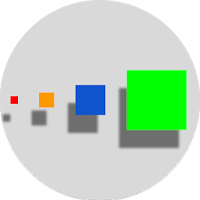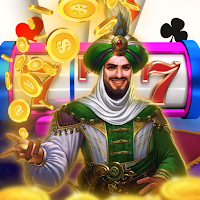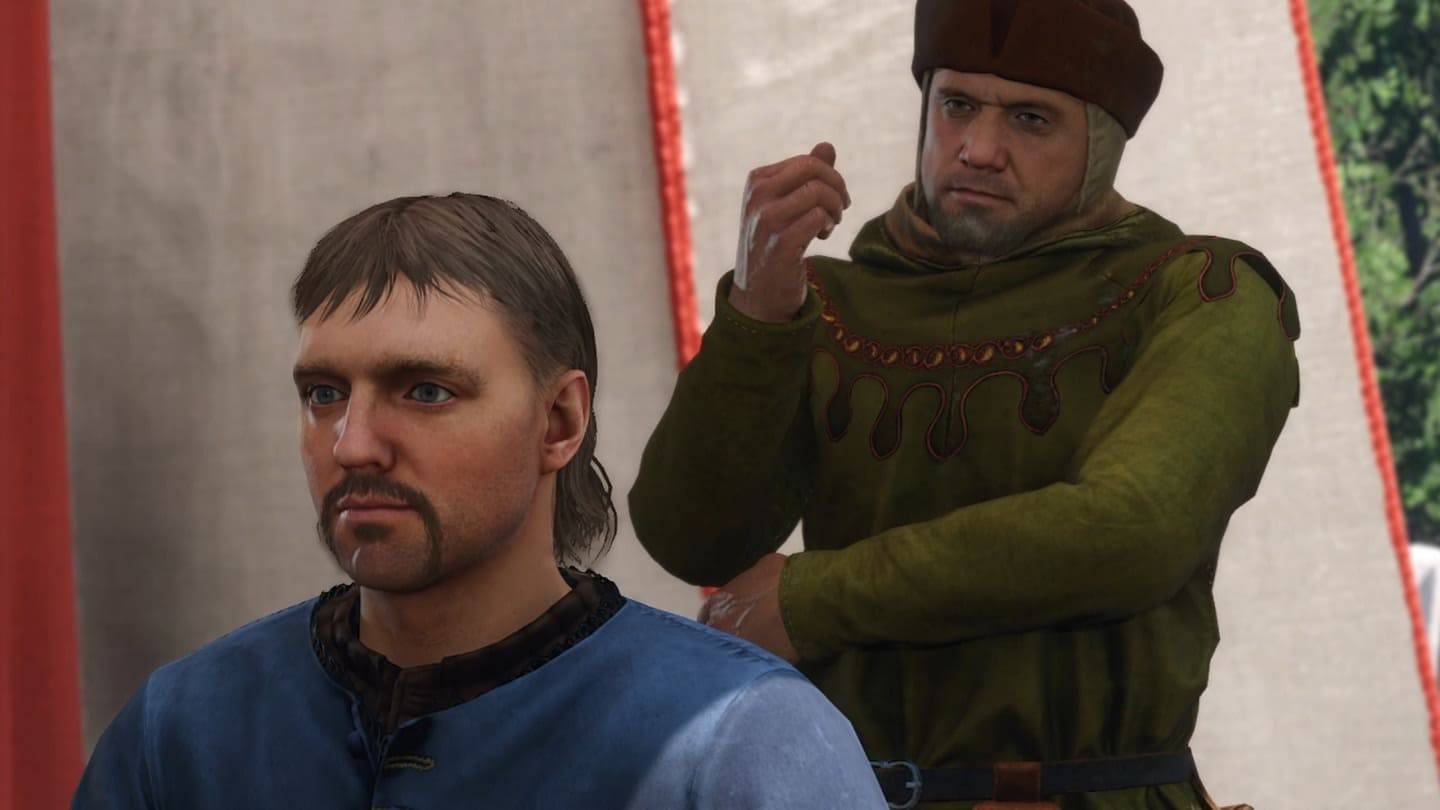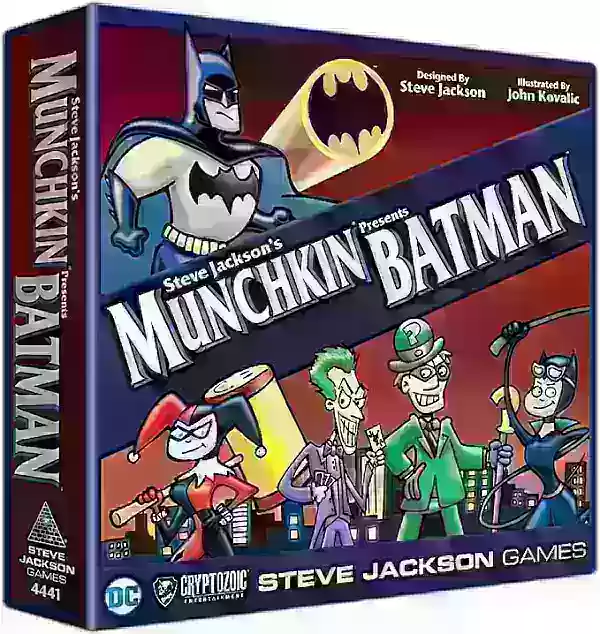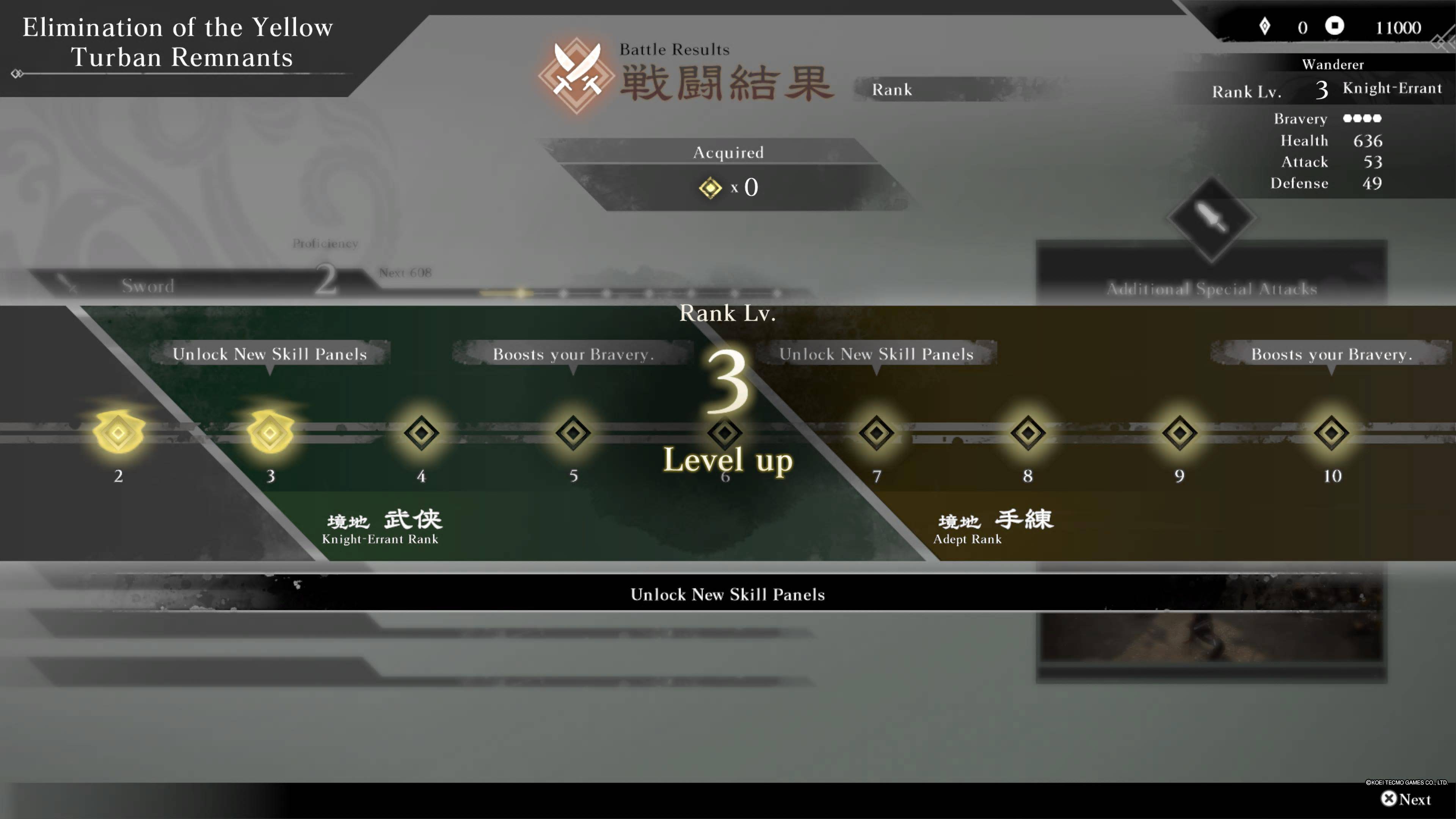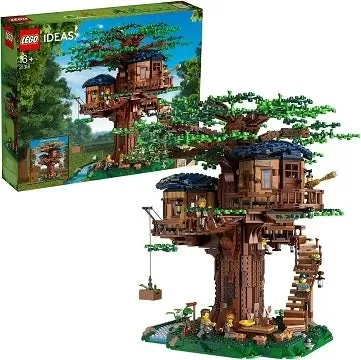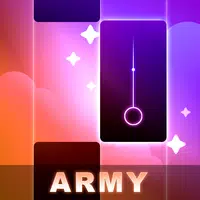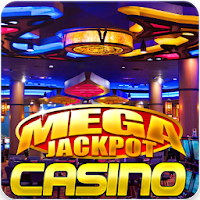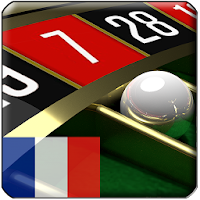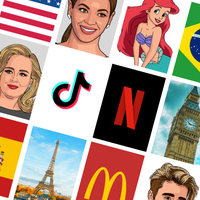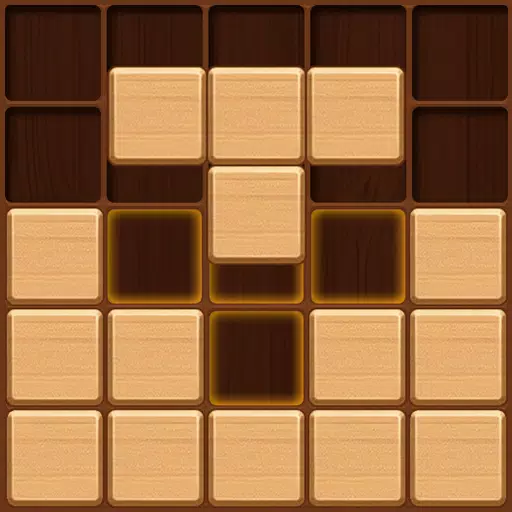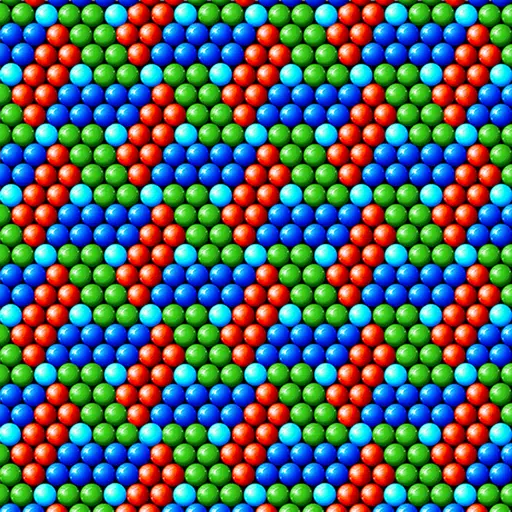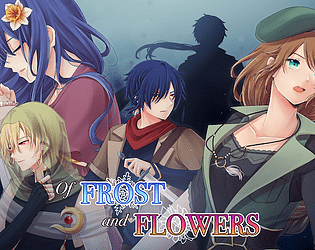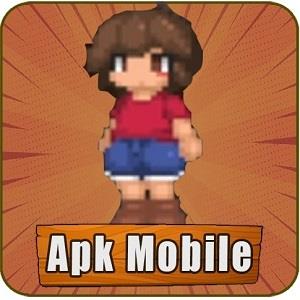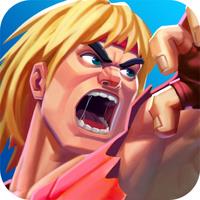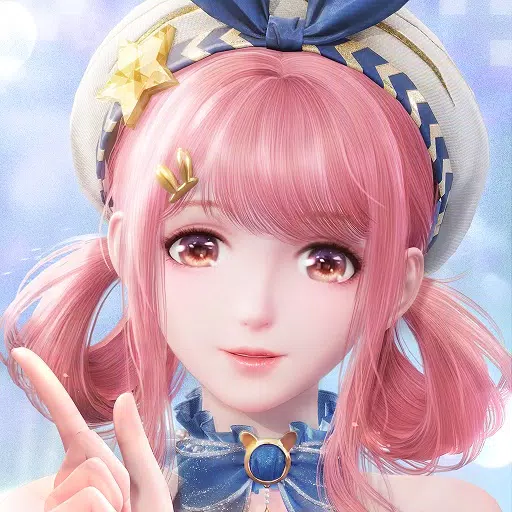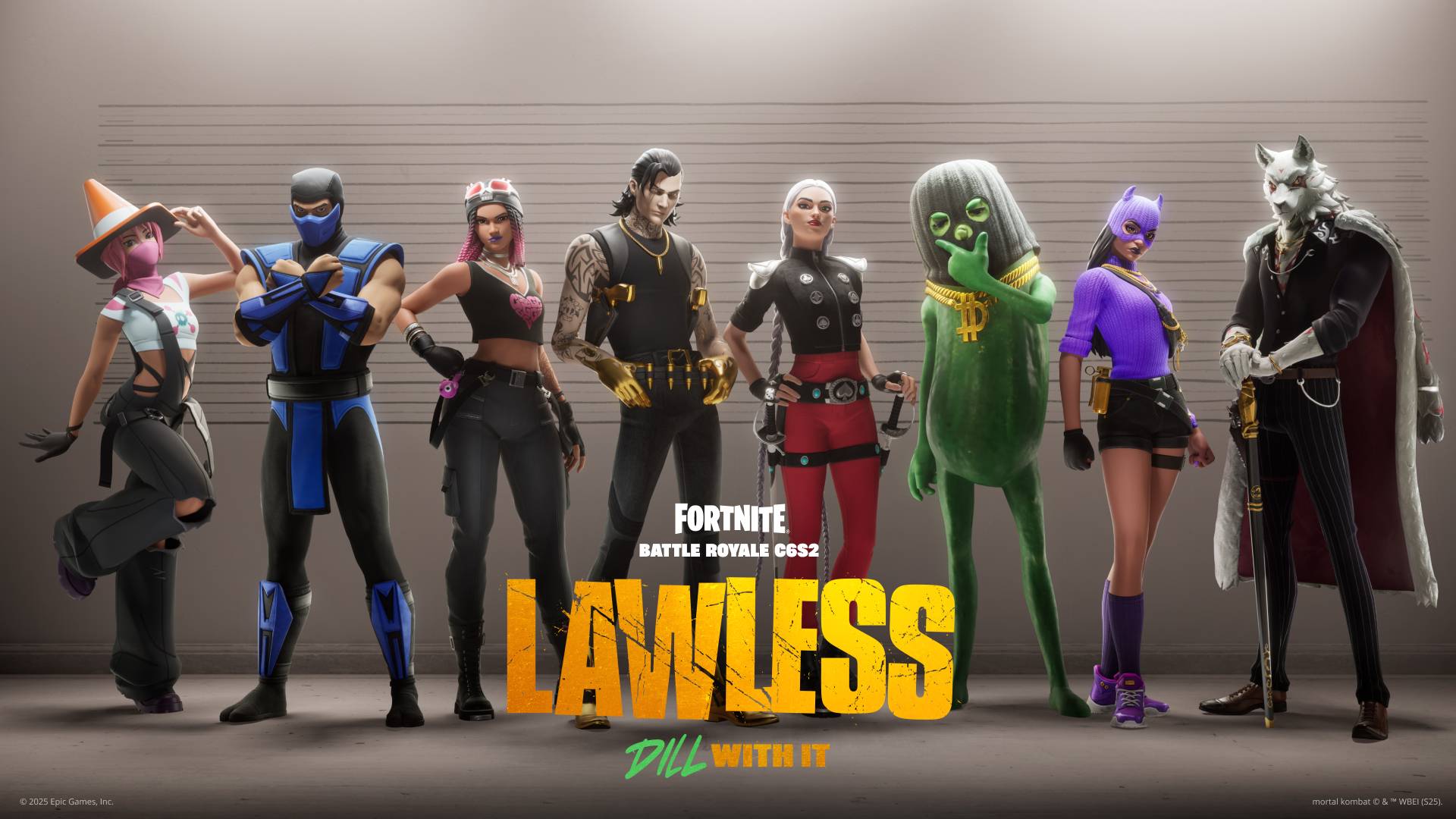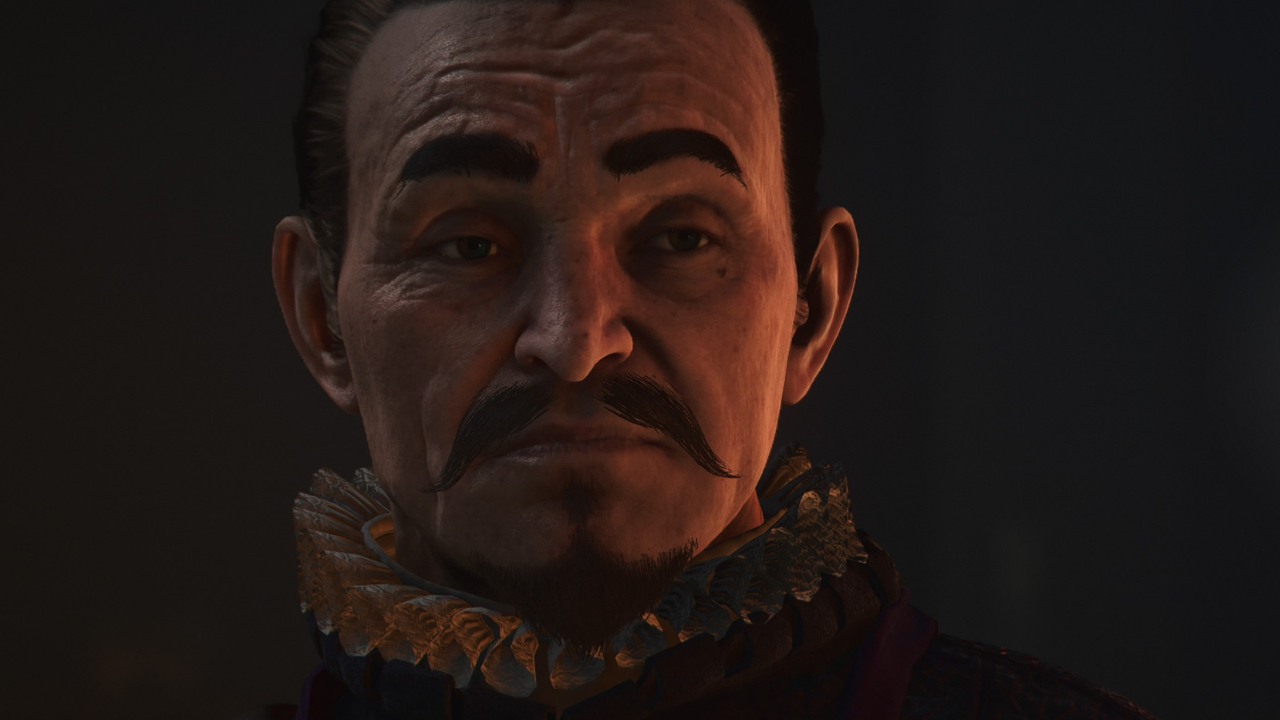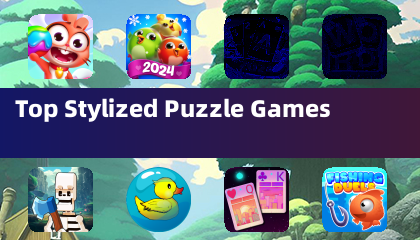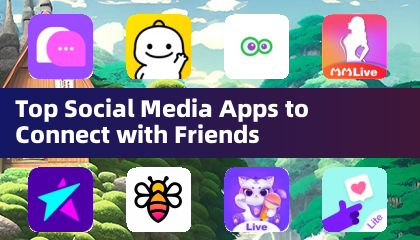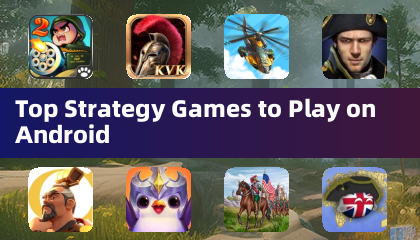For Many Years in Minecraft: The Whole Story of the Legendary Game
Minecraft: From Humble Beginnings to Global Phenomenon
Minecraft's journey to global gaming domination wasn't a straightforward one. This article explores the game's evolution from its 2009 origins to its current status as a cultural icon. We'll delve into the key milestones that transformed a single programmer's vision into a world-altering phenomenon.
Table of Contents
- Initial Concept & Development
- Building a Community
- Official Launch & Global Expansion
- Version History
Initial Concept & Development
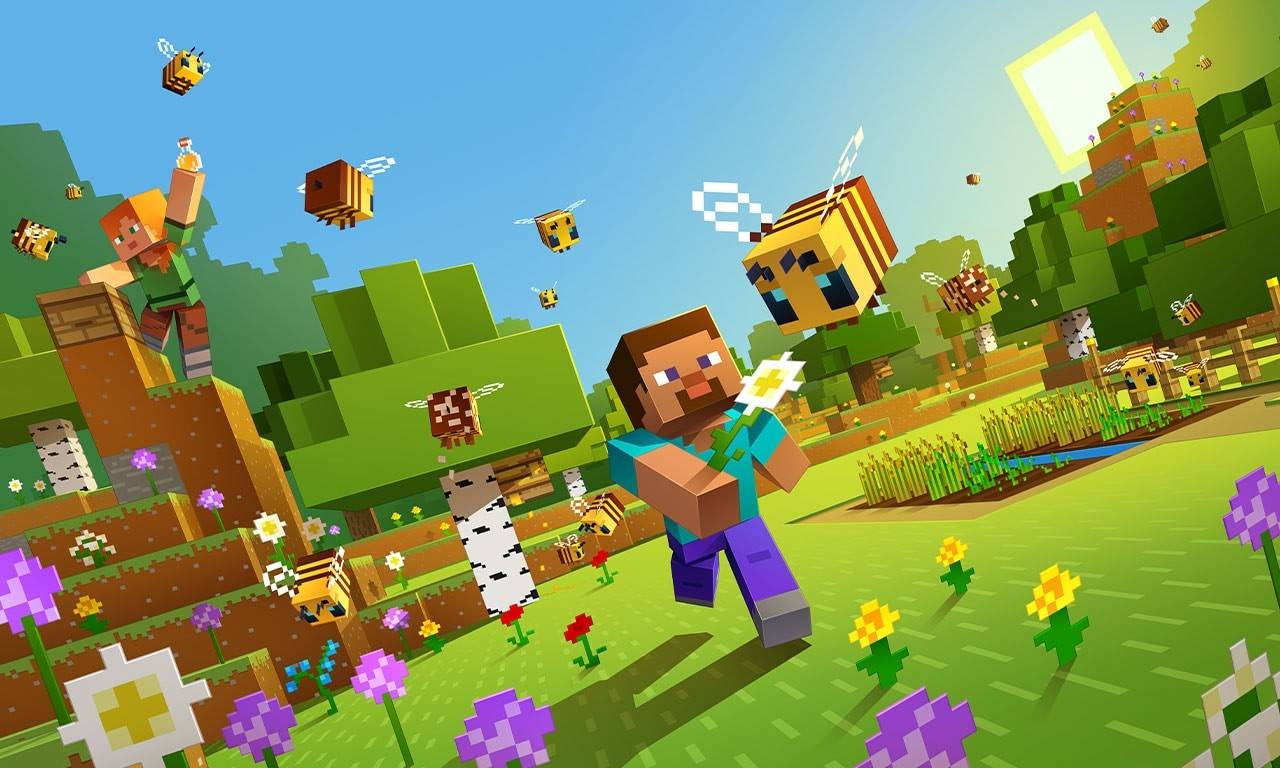 Image: apkpure.cfd
Image: apkpure.cfd
Markus Persson ("Notch"), a Swedish programmer, drew inspiration from games like Dwarf Fortress, Dungeon Keeper, and Infiniminer to create Minecraft. His goal: a game offering unparalleled freedom of building and exploration. The alpha version, launched on May 17, 2009, during a break from his work at King.com, was a simple, pixelated sandbox experience. Its intuitive building mechanics quickly captured the attention of early adopters.
Building a Community
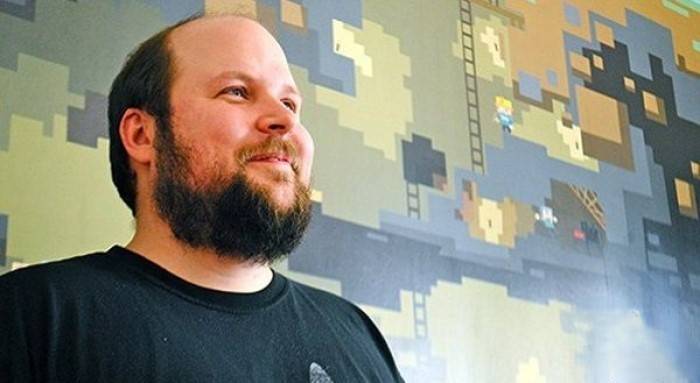 Image: miastogier.pl
Image: miastogier.pl
Word-of-mouth and online buzz fueled Minecraft's rapid growth. By 2010, the game transitioned to beta, and Persson founded Mojang to dedicate himself fully to its development. Minecraft's unique concept and limitless creative possibilities resonated deeply with players, who built everything from homes to famous landmarks to entire cities. The addition of Redstone, a material enabling complex mechanisms, was a significant milestone.
Official Launch & Global Expansion
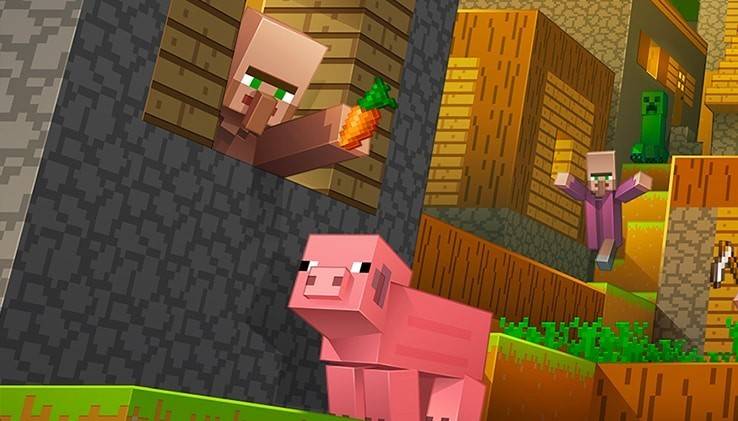 Image: minecraft.net
Image: minecraft.net
Minecraft's official release (version 1.0) on November 18, 2011, solidified its position as a major player. Millions of players were already engaged, forming one of the largest and most active gaming communities globally. This community thrived on user-generated content, including modifications, custom maps, and even educational projects. Mojang's partnerships with various platforms, starting with Xbox 360 and PlayStation 3 in 2012, broadened the game's reach even further. The blend of entertainment and educational potential particularly captivated children and teenagers.
Version History
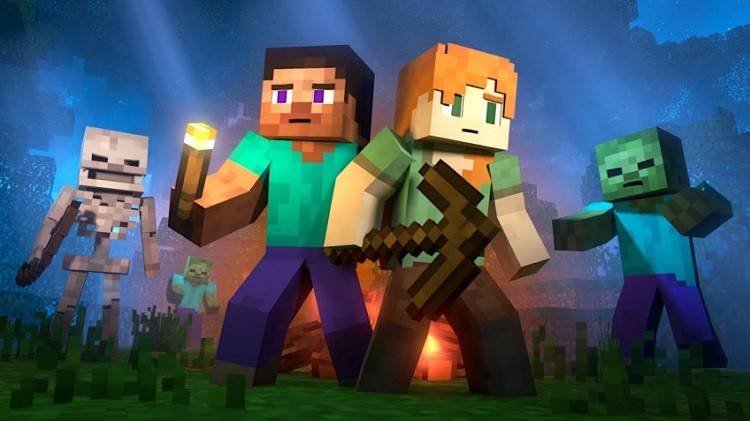 Image: aparat.com
Image: aparat.com
Following the official launch, numerous significant versions emerged:
| **Version** | **Key Features** |
| Minecraft Classic | The original, free version. |
| Minecraft: Java Edition | Initially lacked cross-platform play; later integrated Bedrock Edition. |
| Minecraft: Bedrock Edition | Enabled cross-platform play; included in the PC Java Edition. |
| Minecraft mobile | Cross-platform compatible with other Bedrock versions. |
| Minecraft for Chromebook | Chromebook-specific version. |
| Minecraft for Nintendo Switch | Included the Super Mario Mash-up pack. |
| Minecraft for PlayStation | Cross-platform compatible with other Bedrock versions. |
| Minecraft for Xbox One | Partially Bedrock; updates discontinued. |
| Minecraft for Xbox 360 | Support ended after the Aquatic Update. |
| Minecraft for PS4 | Partially Bedrock; updates discontinued. |
| Minecraft for PS3 | Support ended. |
| Minecraft for PlayStation Vita | Support ended. |
| Minecraft for Wii U | Offered off-screen play. |
| Minecraft: New Nintendo 3DS Edition | Support ended. |
| Minecraft for China | China-specific version. |
| Minecraft Education | Designed for educational settings. |
| Minecraft: PI Edition | Educational version for Raspberry PI. |
Minecraft's enduring legacy extends far beyond the game itself. It encompasses a vast ecosystem of communities, online content, merchandise, and official competitions. The ongoing addition of new biomes, characters, and features ensures Minecraft remains a vibrant and engaging experience.


